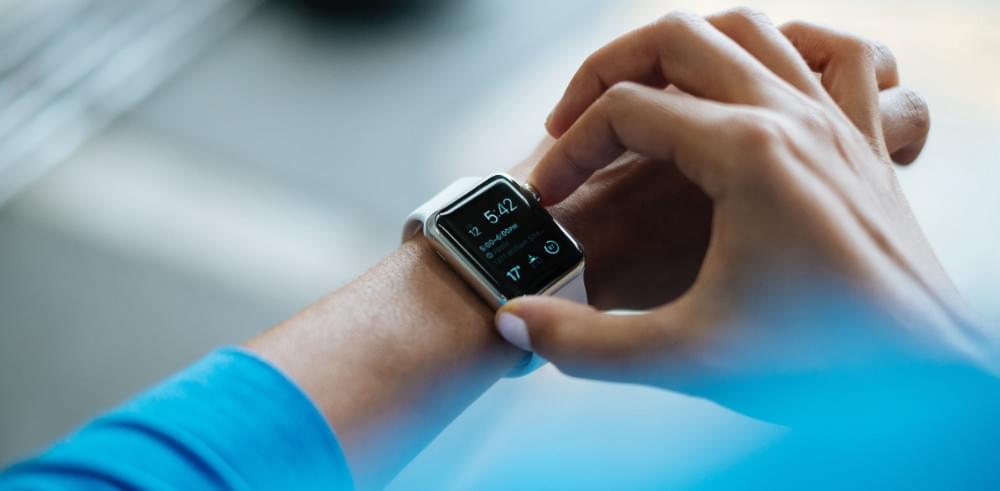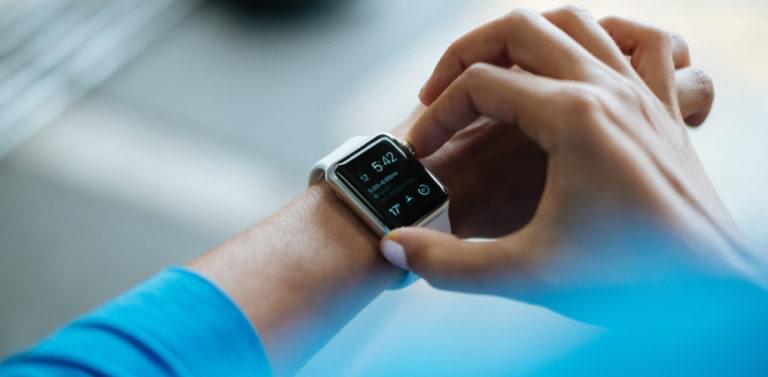
Companies like Apple and Fitbit have led the way, but the wearable market won’t necessarily end with them. There’s great potential in this booming tech niche and everyone from major tech corporations to small healthcare companies are pouring billions of dollars into research, development, and innovation. But what exactly does the future hold? Here are a few predictions that the experts are keeping an eye on:
1. Growth Will be Staggering
Let’s start with a bird’s eye view of the industry. According to CCS Insight, we’re about to experience staggering growth over the next few years. Specifically, they anticipate 411 million smart wearable devices, worth more than $34 billion, will be sold by as early as 2020.
“Given the rising consumer apathy toward smartphones, it is little wonder so many companies are chasing the rapidly growing opportunity presented by wearables. We’re particularly excited about the potential for augmented and virtual reality devices, and we predict 2016 will be a pivotal year,” Ben Wood, chief of research at CCS Insight, said at the beginning of last year — and right he was! But 2017 through 2020 will provide even more growth.
CCS points out that, while just 5 million VR headsets were purchased in 2015, 96 million are anticipated to be shipped in 2020. Then there’s the AR genre, which could be worth as much as $1 billion by the end of this year.
All of those predictions to say this: we’re just getting started with wearables. While there have been some notable flops — Google Glass being the most prominent failure — that’s to be expected. This is an entirely new marketplace and tech companies are trying to figure out how to provide value while still providing sleek and functional devices.
2. Hearables are Coming
It started with the wrist, but wearables are moving closer and closer to the face. This year, we’re seeing less emphasis on wrist-based innovation and more on evolving niches. Specifically, “hearables” — or wireless devices that rest in the ear canal — are about to take off.
Apple was one of the first to make noise in this market, launching its AirPods last year. But look for other brands, including Samsung and Google, to get their foot in the door this year. Hearables offer a lot of promise, including the ability to place voice-assistants in our ears, improve listening experiences, and capture biometric data. There’s even the possibility for hearables to begin augmenting listening experiences to change what you hear (such as translating into different languages). Pretty cool!
3. Connected Eyewear Will Rebound
It’s a shame that Google Glass fell apart before it ever really got started. It put a serious damper on the industry and left customers with a bad taste in their mouths. But now that a little time has passed, and other tech companies have had some time to study what Google did wrong and wait for new technologies to come around, it looks like we’re ready for a second push into the connected eyewear market.
The connected eyewear that you see this year and in the future will differ from what Google was trying to do. These glasses will look more like the typical sunglasses/reading glasses that people are accustomed to wearing and will be more practical. They’ll use things like bone conduction speakers, invisible microphones, sensors, and tiny cameras built into the lenses.
We’re still a few years away from connected eyewear becoming mainstream, but the rebound has already begun. (InteraXon and Safilo are already working together to develop a new product.)
4. Health Wearables Will Earn More Respect
Health wearables have been on the horizon for years. And while some of today’s fitness trackers — such as the FitBit — can monitor heart rate and things of that nature, they aren’t the most reliable. As a result, these features have become more of novelties than anything else.
Experts believe health wearables are about to gain more respect, though. As technology improves, devices will be able to detect physical health with more accuracy. There’s even reason to believe that wearable devices could one day predict heart attacks.
The biggest point of friction right now is the timetable. In order for a device to be cleared by the FDA for medical use, there’s a lot of time and testing that goes into place. There are also legal complications. (Claiming that you can predict heart attacks is a big promise.) So this isn’t something that customers should expect to see this year — or even next year — but things are progressing.
The Future is Promising
Wearables are still a bit unknown. Millions of consumers have yet to purchase or try wearables for themselves and there’s still a certain stigma surrounding them. But as the technology improves and the physical devices become more appealing, look for adoption rates to skyrocket.
Related links on SitePoint:
- Creating Wearables? Here Are 6 Ideas to Consider
- 6 Ways Wearables Are Moving inside the Body
- Creating Wearables? Here Are 6 Ideas to Consider
- Android Programming from Scratch
- Beginning Android Development
- Advanced Android Development
- How to Rewire Your Brain for Mobile First UX
- Preparing Your App for the Google Play Store
Larry is an independent business consultant specializing in tech, social media trends, business, and entrepreneurship. Follow him on Twitter and LinkedIn.

